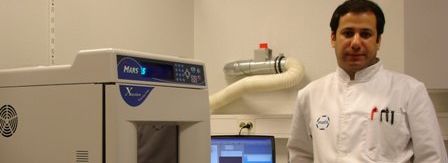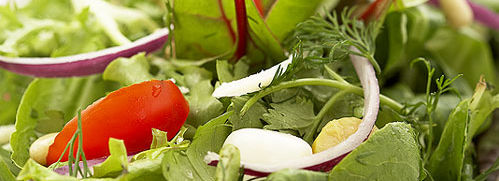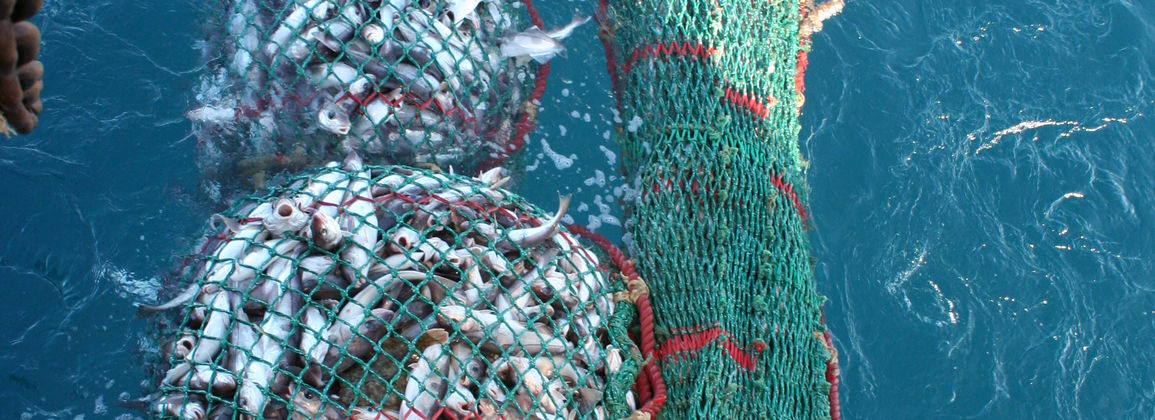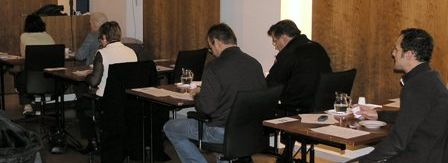From 28.-30. In May, a conference will be held in Gothenburg on the main topics of sensory evaluation and how research and technology in this field can benefit the food industry. The conference is intended for both those who conduct research and those who work in the industry. Attention is drawn to the fact that those who want to take advantage of discount terms need to register before March 3, but then the registration fee increases.
As we reported recently on Matís 'website, Emilía Martinsdóttir, head of Matís' Department of Processing and Product Development, took over the chairmanship at the beginning of the year. European Sensory Network (ESN), an international association of research institutes and companies in the field of sensory evaluation and consumer research, which is one of the speakers at the aforementioned conference.
Emilia says that sensory evaluation is becoming an increasingly important part of the product development process of food companies, and if it is done well, it can save companies immeasurable work and money. She says that Matís has extensive experience in this field and can offer food companies in this country various services, for example in food innovation.
The Nordic food industry has been in the spotlight recently, such as the Nordic Council of Ministers' co-operation program "New Nordic Food and Cuisine", which aims to explain the potential for value creation in Nordic food production and food culture and launched last year. . It is clear that people's interest in Nordic food production, both within and outside the Nordic countries, is growing and it is therefore necessary for everyone working in this field to keep a close eye on innovations in this field.
Emilia encourages those interested in sensory evaluation and innovation in the food industry to familiarize themselves with the conference agenda and register as soon as possible.
















